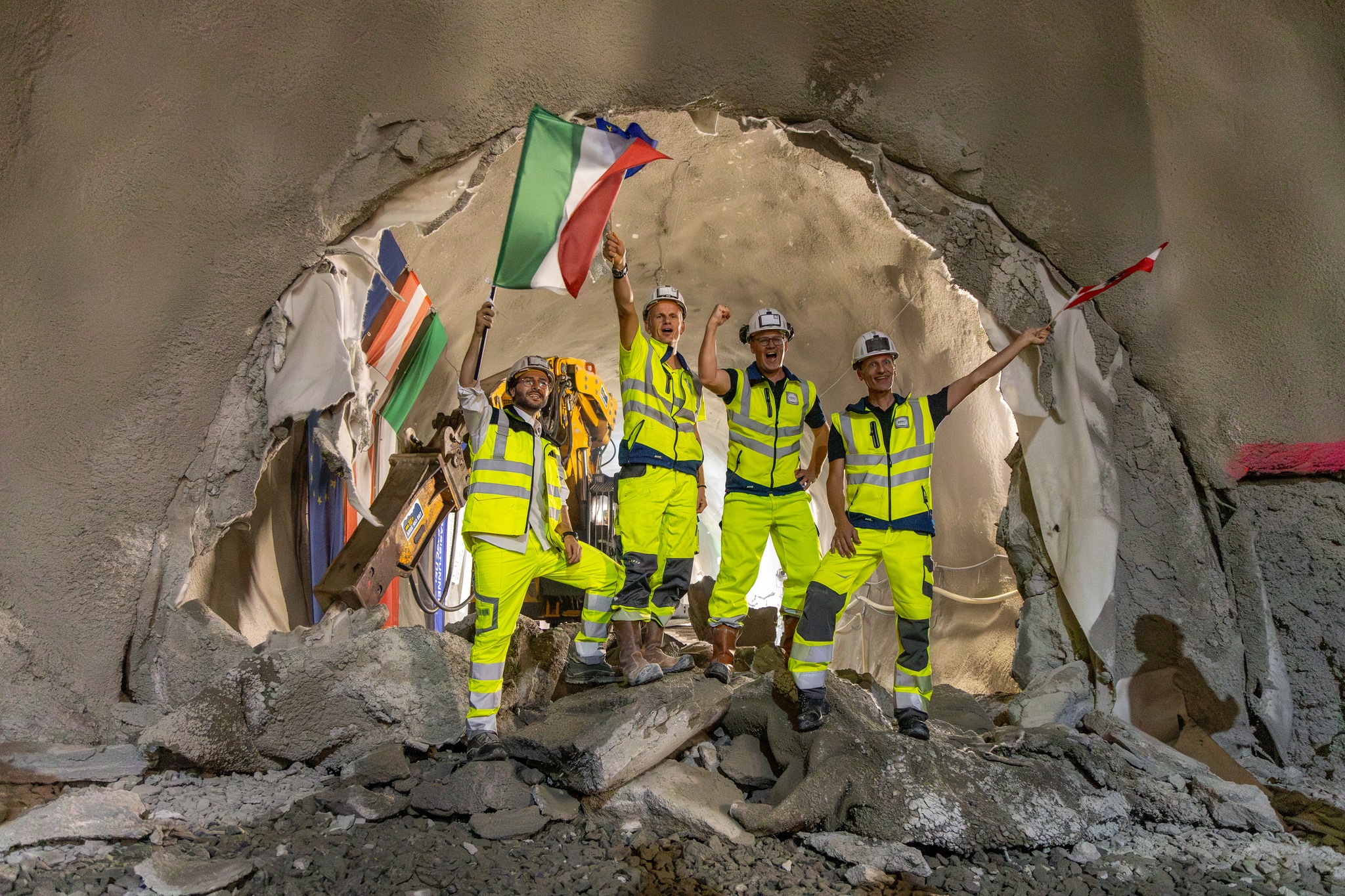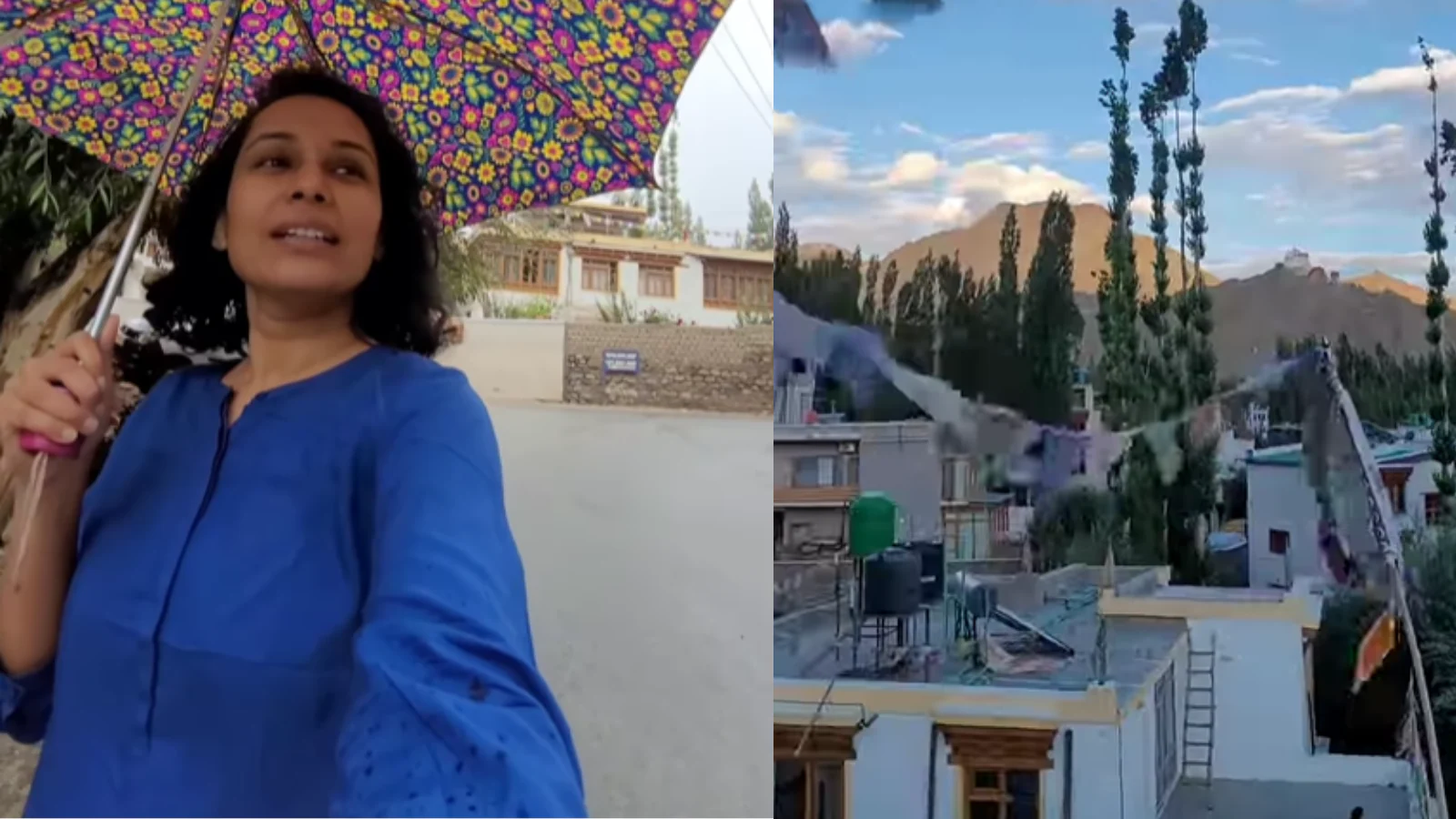
Engineers broke through the final rock barrier beneath the Alps, completing the main excavation of a new tunnel that will link Austria and Italy.
A ceremony on Thursday marked a major milestone in the Brenner Base Tunnel, attended by Italian Prime Minister Giorgia Meloni and Austria’s Chancellor Christian Stocker.
Why It Matters
The tunnel links into existing rail lines connecting Munich and Verona, enabling faster, smoother freight and passenger travel along this north–south European route. One of Europe’s most ambitious sustainable transport projects, the new railway along the Brenner axis, the main rail and road corridor linking Italy, Austria and Germany, is set to transform travel across the Alps.
The Brenner Axis feeds into the larger Scandinavian–Mediterranean Corridor, linking Helsinki, Finland, to Valletta, Malta, with the Munich–Verona axis, a cross-border bottleneck, forming a key segment of the route.
What To Know
The 64-kilometer Brenner Base Tunnel connecting Austria to Italy will be the world’s longest underground railway connection, according to a press statement by Italian company Webuild, which led construction of the project.
The tunnel was constructed some 1,400 meters (nearly 4,600 feet) under the Brennero, one of Europe’s lowest and most important Alpine crossings.
Webuild oversaw excavation work at a section of the Brenner Base Tunnel spanning 50 kilometers, split into four construction lots. The Isarco Underpass in Italy and Lot H33 Tulfes-Pfons in Austria have been completed.
The Brenner Pass, one of Europe’s busiest Alpine crossings, handles millions of vehicles and tens of millions of tonnes of goods each year, but its steep, winding 1860-era railway limits speed and load capacity.
The tunnel targets the hardest, most congested part of the route, providing a nearly flat, straight route, according to the European Climate, Infrastructure and Environment Executive Agency (CINEA).
The tunnel runs through the Alps in Tyrol, a region divided between Austria and Italy. Austria’s Tyrol province limits truck transit on certain days to reduce congestion and environmental impact, a policy that has sparked disputes with Italy.
Stocker said that “the tunnel alone will not solve the transit problems,” urging “neighborly solutions” for both road and rail, DPA reported.
What People Are Saying
Italian Premier Giorgia Meloni said, as quoted by Reuters: “Today we are taking together a decisive step for the construction of one of the largest infrastructure works in the entire continent. It is a historic day … for Italy, for Austria, and for the whole of Europe.”
Webuild Chief Executive Pietro Salini: “We have excavated under the Alps, overcoming extreme geotechnical conditions thanks to the adoption of advanced technological solutions, all the while ensuring safety and sustainability at every stage.”
Apostolos Tzitzikostas, EU commissioner for Sustainable Transport and Tourism, wrote on X: “The Brenner Base Tunnel is one of biggest European funded infrastructure projects. It will be the first 21st century cross-border railway tunnel and the longest cross-border tunnel in the world… For passengers, we are cutting travel time in half. For freight, trains will be faster and sustainable. And for the people of Tyrol and South Tyrol, this tunnel means better quality of life.”
What Happens Next
Once the tunnel is finished, passenger trains will reach 250 km/h, cutting travel between Fortezza and Innsbruck from 80 to 25 minutes, according to the company. Trains are expected to run by 2032, according to The Associated Press.



